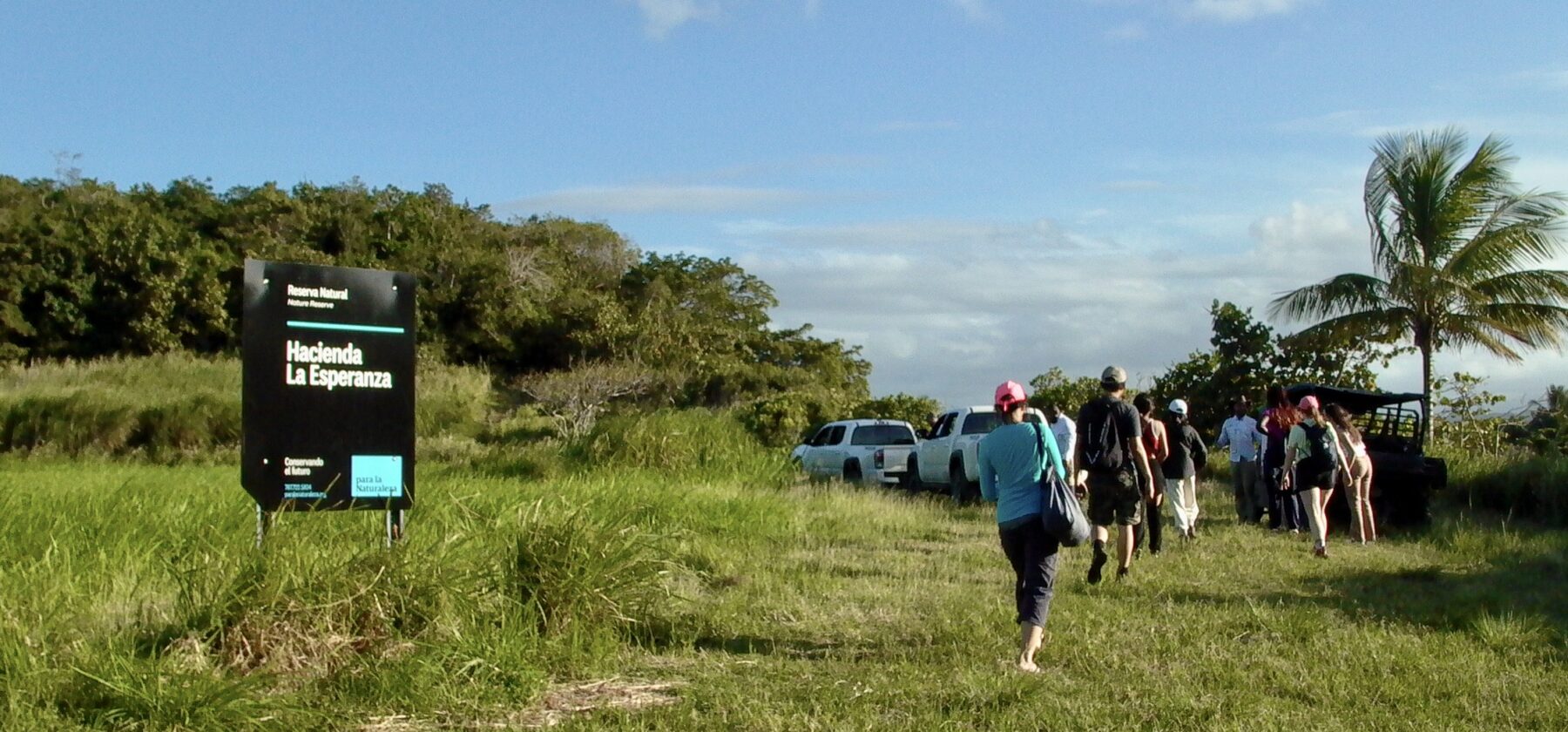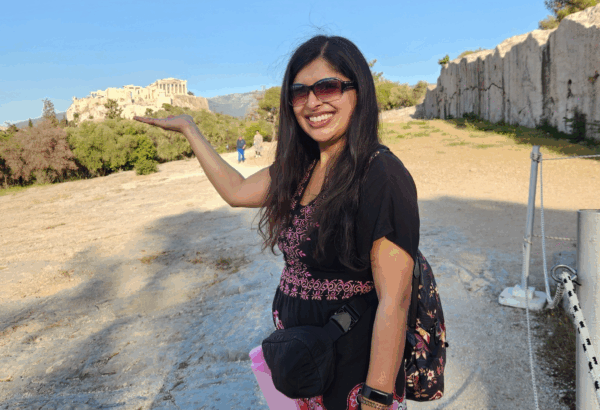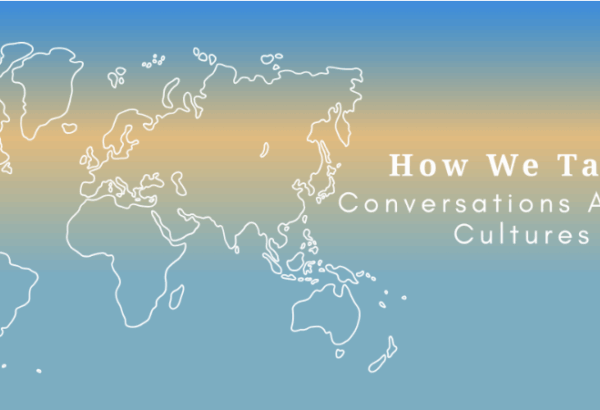During spring break of March 2024, I traveled to Puerto Rico as part of the class “Crafting an Ethnography of Vulnerability” taught by Professor Ernesto Pujol. My time in Puerto Rico was marked by a constant uncanny feeling. It was my first time visiting the unincorporated island territory, yet the experience resonated with places that I have deep roots in. Prior to our travels, our class was prepared by Professor Pujol with an understanding of the island’s complex history of colonialism, racial subjectivity, and its political economy under successive administrative apparatuses from the Spanish colonial era to the present. In keeping with this critical understanding of Puerto Rico, our seven-day trip began with visits to two former plantations that generated immense wealth for Spanish colonialists through the exploitation of Puerto Rico’s land with the labor and lives of enslaved people, mostly from Africa. We visited plantations that once grew coffee and sugarcane, understanding the conditions of misery for those who were enslaved as they toiled through the entire means of production needed to grow, prepare, and refine coffee and sugar. As our hosts, Para La Naturaleza (PLN), had explained to us, the sugarcane economy had once dominated a vast majority of fertile land on the island until it was discovered that sugar could be extracted from beet roots, which then tanked the economy of Puerto Rico.
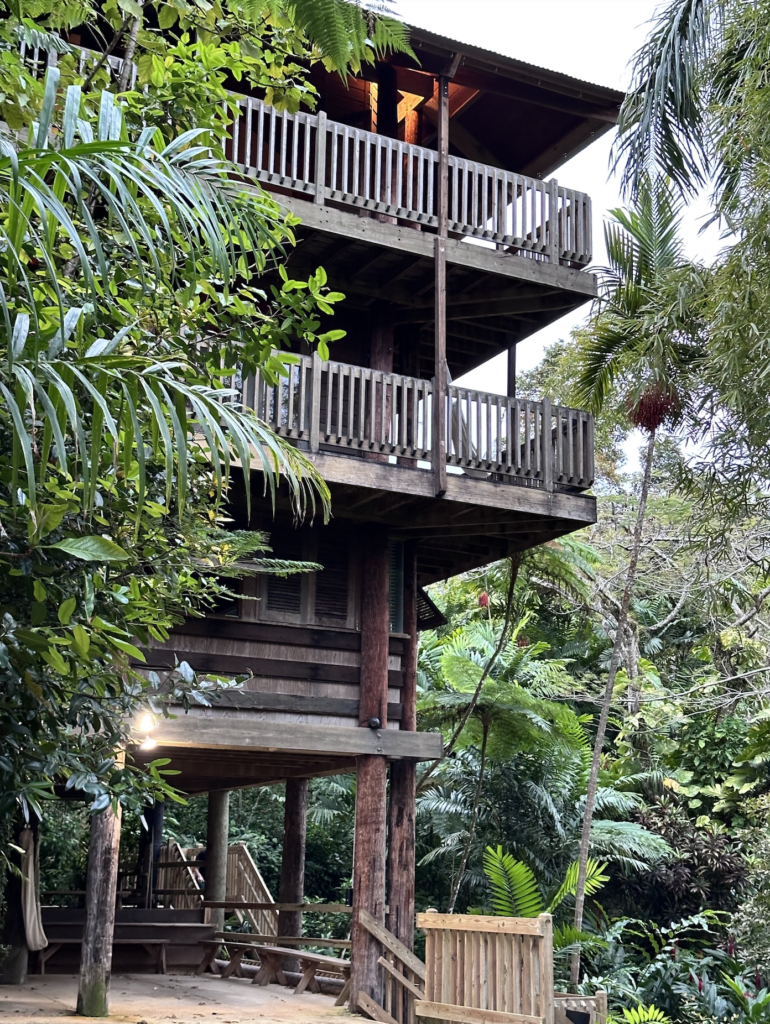
The Trade Winds were a companion throughout my time in Puerto Rico. These winds distribute nutrient rich dirt from the Sahara to the island, making the island a lush paradise. These winds carried Spanish colonists and enslaved Africans across the Middle Passage, leading to unimaginable misery and an exploitation of land that transformed the ecology of the island into a near-monoculture. These winds moved the commodities of coffee and sugar from the periphery to a former heart of empire. These winds later carried indentured laborers to take the place of the enslaved. As the winds permeated through our airy lodgings in the central mountain range of Puerto Rico, I began to intimately know these winds as gifts that provided us with reprieve from the heat and mosquitoes. These winds slipped across our skin, entered our lungs, and moved through the lacunas of our rooms and beddings. I had a deep corporeal sense of understanding the history of the Americas, as the winds carried ghosts that visited us every night.
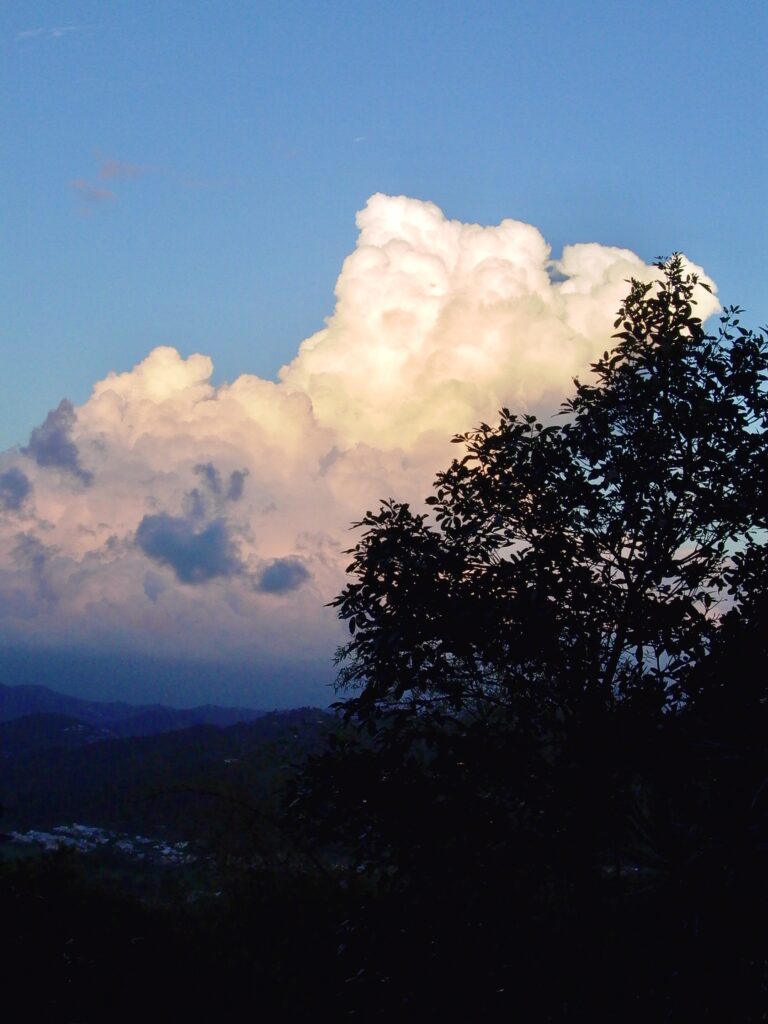
To reach Puerto Rico as many Americans do, we manufactured our own wind through a pair of Pratt & Whitney jet engines that propelled an Airbus A321. The plane, the airport, and the city of San Juan was full of American of tourists and college-age spring breakers. This is a phenomenon of Puerto Rico’s contemporary economic base of tourism and the island’s complex economic and political relationship with the mainland of the United States. As our class walked and drove through Juan Ponce de León Avenue, a major thoroughfare of San Juan, I was struck with an uncanny feeling. The tall trees and medium-rise white concrete buildings that lined the Avenue reminded me of a city close to my heart: Saigon. As I mentioned this feeling to Professor Pujol, he responded that the area that we were in, close to Museo de Arte Contemporáneo de Puerto Rico, was indeed built during the American-led administration of Puerto Rico. Here, I came to a profound realization that I walked the Juan Ponce de León Avenue like how an American may have walked Pasteur Street in Saigon in the 1960s, as a flâneur, in leisure and comfort.
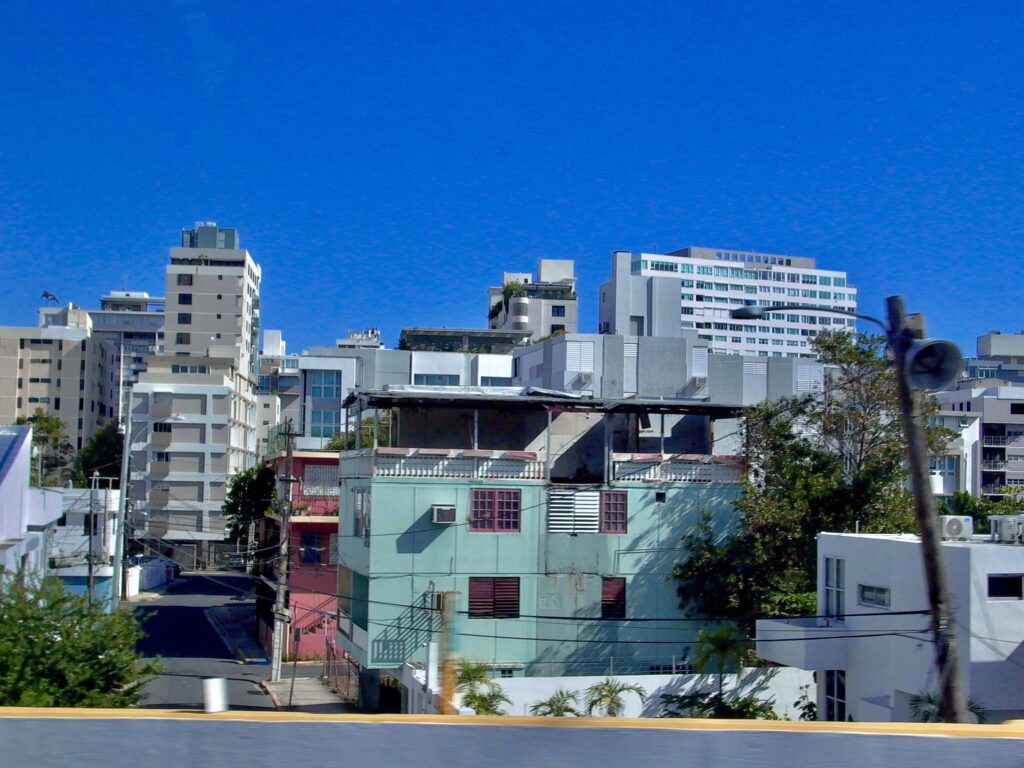
Professor Pujol’s class emphasizes an awareness to the unequal power dynamic that we have as students, researchers, and artists when we conduct ethnographic field work. Often, we have more power than the people and places that we research. As researchers we ask of communities to reveal themselves for the development and benefit of our own work. Yet these exchanges may often be one-sided, with the research subject becoming vulnerable and the researcher being able to shield themselves from being vulnerable with the research subject. Whether it is through professional demeanor; the aura of objectivity; the economic capital to create spatial distance; the technological capital to gaze from afar; or the academic resources to access archives to predetermine our understanding of situations, we as researchers have a multiplicity of means to hide and alienate ourselves from the communities that we work with. In this class, we work on gaining an acuity to the relational imbalances in our field work and to learn to be vulnerable with the people and places that we research. This begins with being ready to exchange of our own life stories, which may be painful and unsettling, with the communities that we often ask same of. As well as learning to recognize that our moral, political, and historical frameworks are not universal and cannot be assumed to be shared with the people we work with. This class has helped me to synthesize prior experiences that I have had with field research and has prepared me for my upcoming field research at a former Vietnamese refugee camp for my work in the Master of the Fine Arts program.
To return to Philadelphia, we relied on the same manufactured winds that we used to get to Puerto Rico. From the view of my window onboard the plane, I could see the setting sun and the deep orange glow that it cast upon the atmosphere. Then, as if it were an apparition, a cone of light shot through the sky moving in our opposite direction and towards the south, perhaps over Puerto Rico. The cone of light cast a billowing illuminated haze in an X-pattern that marked its mysterious flight path. The pilot announced that the light was a SpaceX rocket leaving the earth to deploy satellites. Reflecting on our trip and witnessing this alien silken light move through the darkening sky, I thought to myself, “what is this hegemony?”. While in this class we train to be vulnerable and on the ground with the communities that we research, our society harnesses the pinnacles of capital and power to deploy ever-advancing means to hide from the other.
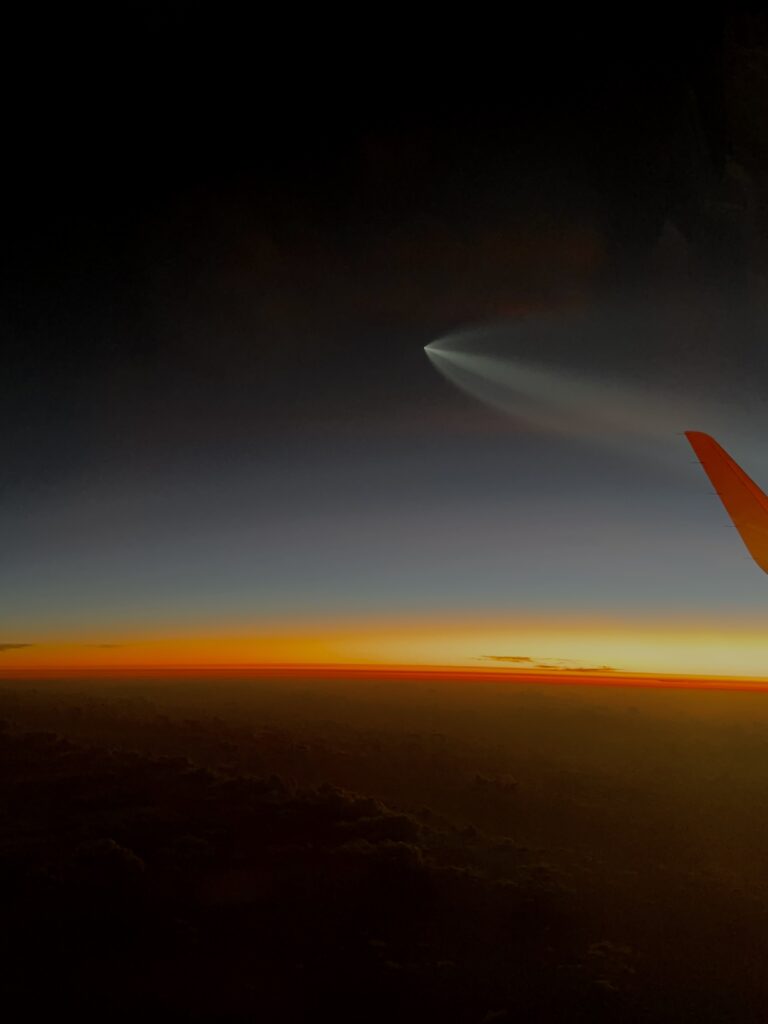
All images courtesy of Alvin Luong.

